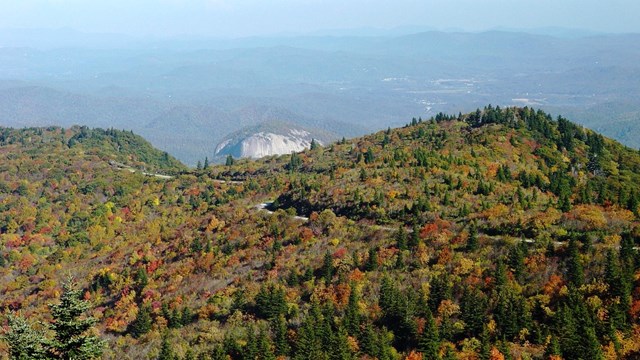This ecoregion is also recognized as a world center for amphibian, plant, and aquatic species diversity. Network parks protect the largest contiguous stands of old-growth forest remaining in the eastern United States, as well as many of the best remaining examples of globally imperiled species populations and communities.

With more than 472 miles of streams, the park is home to 42 species of freshwater mussels and 93 species of freshwater fish.

High biodiversity is a result of complex geology, topography and climate, including a 5,400-foot elevation range, and high annual rainfall.

World renowned for its diversity of plant and animal life, it's the most visited national park in America.

Over 45 miles of free-flowing rivers, including the Emory River, Obed River and two of Obed's tributaries, Clear Creek and Daddy's Creek.
Last updated: January 15, 2025
